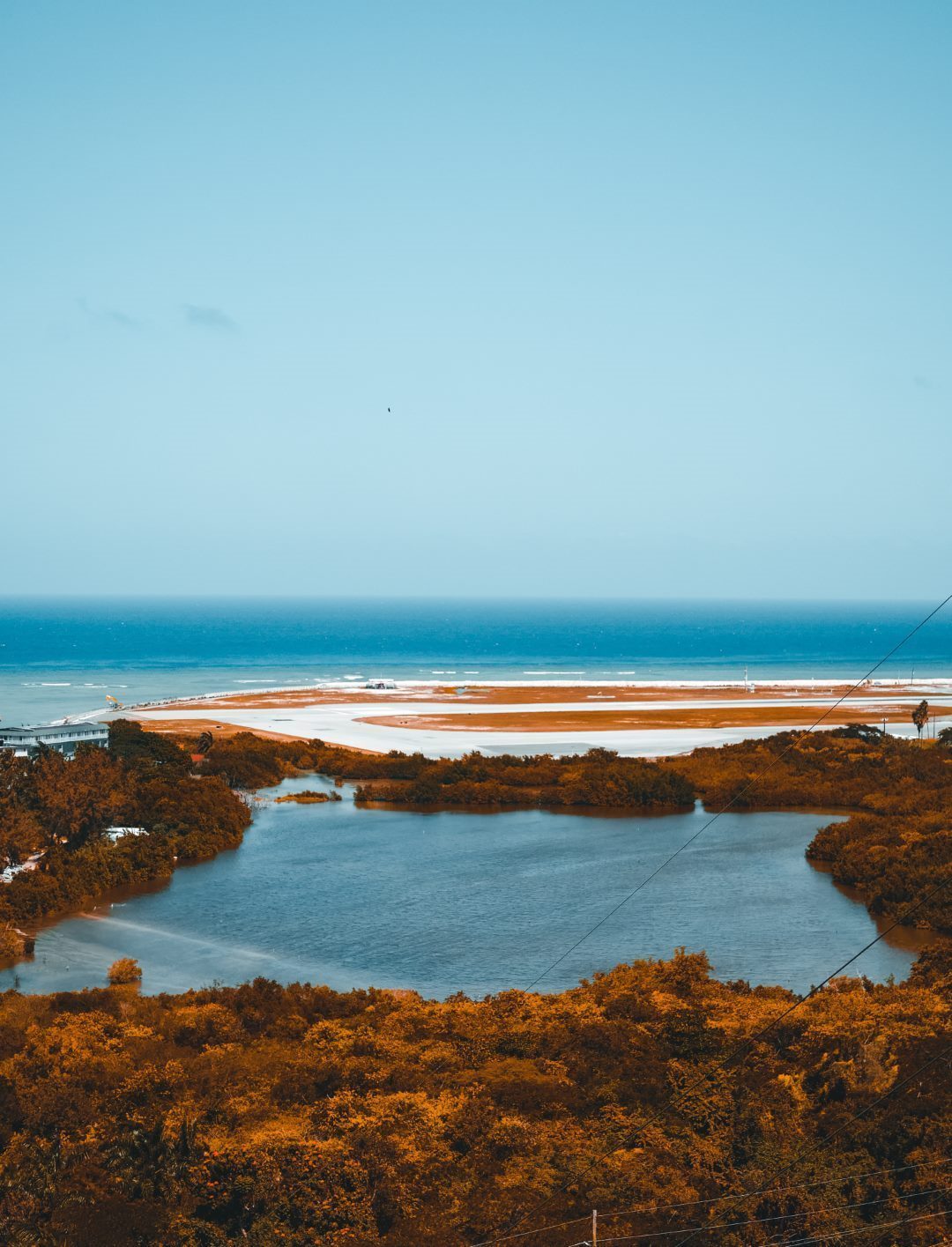When is the Best Time to See Aurora Borealis in Iceland?
Aurora Borealis, popularly known as the Northern Lights, is one of nature’s most enchanting displays. The breathtaking phenomenon occurs when electrically charged particles from the sun collide with the earth’s atmosphere, resulting in a stunning dance of colorful light in the sky. Iceland is one of the best places to witness the Northern Lights, but the big question is: when is the best time to see them? In this post, we will answer this question and provide you with all the information you need to plan your magical Northern Lights experience in Iceland.
Understanding the Aurora Borealis in Iceland
The Aurora Borealis is visible throughout the year in Iceland, but it’s not always easy to see due to various factors like clouds, moonlight, and light pollution from cities. To increase your chances of witnessing the Northern Lights, timing is everything. Iceland experiences almost 24 hours of darkness during the winter months, which makes it one of the perfect locations to observe the Northern Lights. The visibility of the Northern Lights in Iceland is influenced by the following factors:
The Weather
The weather is one of the most significant factors that affect Aurora Borealis visibility in Iceland. Clear skies are the prime conditions for viewing the Northern Lights, and cloud cover can prevent you from seeing the Northern Lights. Iceland weather can be unpredictable and varies throughout the country, and travelers can check the forecast to ensure prime viewing conditions.
Solar Activity
Solar activity refers to the level of magnetic energy from the sun. Higher solar activity increases the chances of seeing the Northern Lights. The Northern Lights in Iceland are most active from late September to the end of April, around the spring and autumn equinoxes.
Seasonal Factors
Autumn and winter are the best times to visit Iceland for the Northern Lights experience. During this time, there is almost 24 hours of darkness, and visitors have a better chance of witnessing the stunning display of light. However, it is important to note that the snowfall during this period can be intense, making travel conditions difficult.
The Best Season to See the Northern Lights in Iceland
The best season to see the Northern Lights in Iceland is from September to April, with the peak season being from November to February. During this time, the nights are longer, and the skies are generally clearer, which increases the chances of seeing the Northern Lights. Iceland’s peak season for tourist activities and the Northern Lights coincides, which can make booking activities and accommodation in advance essential.
The Best Time to See the Northern Lights in Iceland
The Northern Lights are visible from late September to early April in Iceland, maximising the opportunity for visitors to witness the magical aurora light display. However, the Northern Lights are notoriously unpredictable, and the best time to see them depends on several factors:
Time of Day/ Night
The best time to see the Northern Lights in Iceland is from 9 pm to 2 am. During this time, the skies are darkest, which makes it easier to see the lights. However, even at midnight, the aurora borealis can appear, and Icelandic folklore suggests that the Northern Lights are most active between 10 pm and 11 pm.
Moon Phase
The phase of the moon also affects Northern Lights visibility. A full moon can make the Northern Lights more challenging to see as its brightness can affect the visibility of the auroras. It is advisable to check the moon phase before planning your Northern Lights trip to Iceland.
Location
The location also plays a significant role in the visibility of the Northern Lights. Choosing a spot away from the city’s light pollution is necessary for the best chance of seeing the spectacular light show. The most popular and accessible location to witness the Northern Lights in Iceland is the Reykjavik area, but it is advisable to venture a bit further away from the city to maximise the chances of seeing the lights.
Conclusion
Iceland is one of the best and most accessible places to see Northern Lights, and with a little bit of planning, you can have an unforgettable Northern Lights experience. The prime time to witness the aurora borealis in Iceland is from September to April, with the peak season being November to February. Factors such as solar activity, weather, time of night/day, moon phase, and location play a significant role in the visibility of the Northern Lights. To enhance your chances of experiencing this mesmerising display of nature’s beauty, try to choose a location away from the city’s light pollution and check the moon phases and weather forecast in advance.
Plan your trip, pack the warmest clothes you have, and get ready to witness one of the world’s most enchanting natural wonders.
Table of Contents

